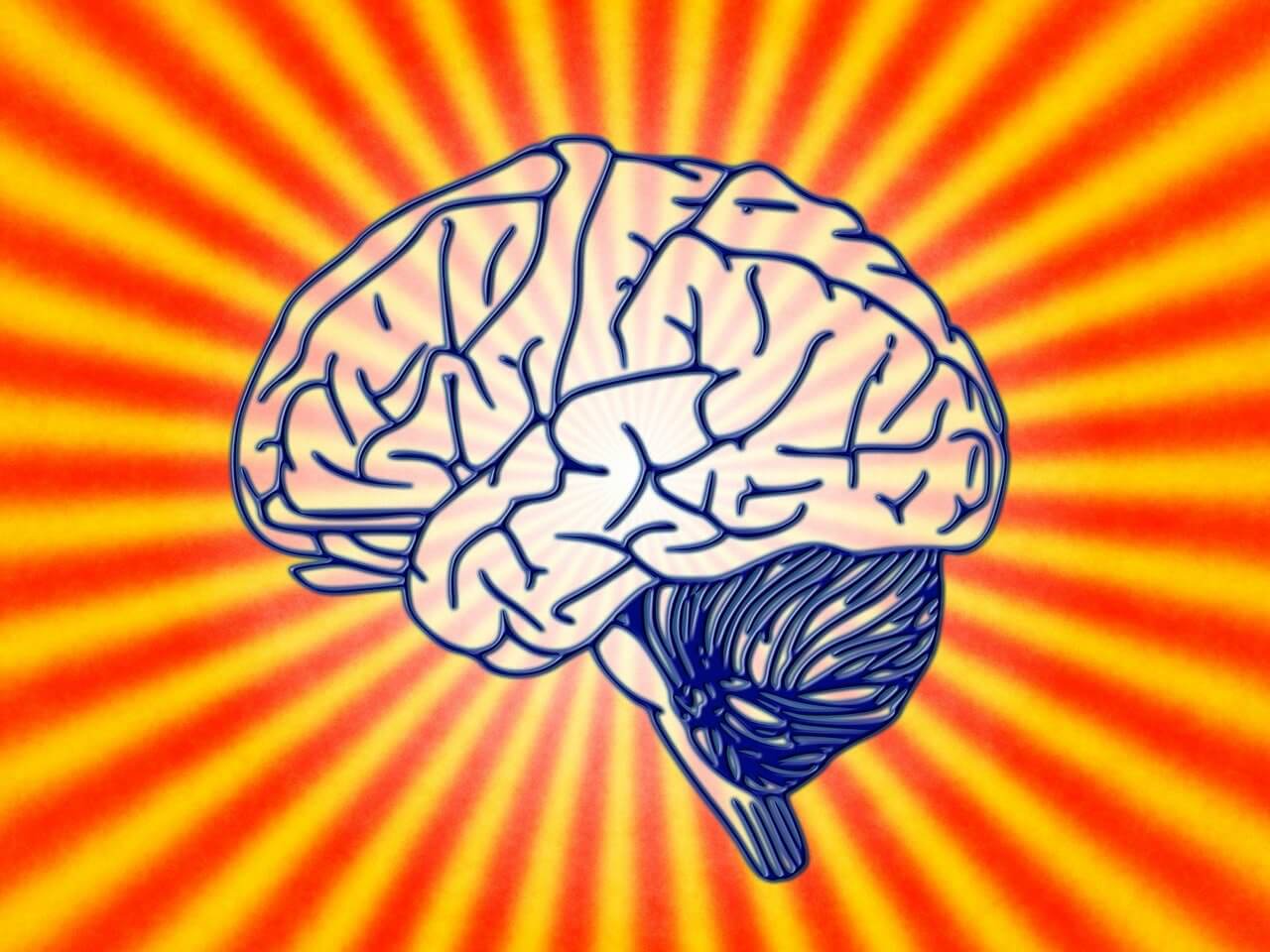The claim that “humans only use 10% of their brains” is a myth that has circulated for many years and has been used in various forms of media to justify extraordinary cognitive feats or latent human potential. But it’s important to clarify that this is indeed a myth. Our brains are incredibly complex organs that we use much more fully than this myth suggests.
Origins of the Myth
Tracing the precise origins of the 10% brain myth is challenging, as it’s been promulgated through a combination of misunderstanding, miscommunication, and media representation. One potential origin of the myth is the work of psychologist William James in the late 19th and early 20th century. In his book “The Energies of Men” from 1908, he wrote, “We are making use of only a small part of our possible mental and physical resources.” However, it’s crucial to note that James didn’t quantify this “small part” as 10%.
Another potential source for the 10% myth comes from early neuroscience itself. At the beginning of the 20th century, the function of many areas of the brain was not well understood. Certain regions, dubbed “silent areas” by neurologists of the time, seemed not to produce any effects when stimulated during surgery. However, this was likely due to the fact that our understanding and technology to map the brain were rudimentary compared to today’s standards.
The myth may have been further popularized by the self-help movement, particularly through books like Dale Carnegie’s “How to Win Friends and Influence People” (1936), where the 10% figure is mentioned. Later, the myth was cemented in popular culture through advertisements, media, and films such as “Lucy” (2014) and “Limitless” (2011), which focus on unlocking the supposed unused potential of the human brain.
Debunking the Myth
Advancements in neuroscience and technology have provided us with numerous ways to study and understand the brain, including neuroimaging techniques like functional Magnetic Resonance Imaging (fMRI) and Positron Emission Tomography (PET) scans. These technologies have allowed us to visualize brain activity and understand that virtually every part of the brain has a known function.
The human brain represents about 2% of the body’s weight but uses approximately 20% of the body’s energy. It wouldn’t be evolutionarily advantageous for humans to carry around such an energy-consuming organ if we were only using a tenth of it.
Neurologically, it wouldn’t make sense either. The brain is composed of approximately 86 billion neurons, all intricately connected and communicating through electrical signals. If 90% of them were unused, we would expect to see widespread evidence of such dormant areas. However, this isn’t the case.
Moreover, if 90% of the brain were truly unused, brain damage would be less concerning as there would be plenty of spare capacity to take over the function of damaged areas. But in reality, we know that damage to even a small area of the brain, like from a stroke, can have profound and debilitating effects.
There is also the principle of “use it or lose it” that applies to the human brain. Unused connections between neurons are pruned throughout life, especially during early development. This ensures that the brain remains efficient and doesn’t waste resources maintaining unnecessary connections. If 90% of our brains were idle, we would expect this pruning process to reduce the brain’s size and complexity significantly over time. Yet, this is not observed.
Finally, the human brain is incredibly specialized. Different areas of the brain have distinct roles. These range from basic functions, like regulating breathing and heartbeat (brainstem and medulla), to more complex tasks, like language comprehension and production (Broca’s and Wernicke’s areas), problem-solving, and decision-making (frontal lobes). This division of labor across the brain suggests a high level of utilization, way beyond the proposed 10%.
In conclusion, the notion that humans only use 10% of their brains is a myth. The entirety of the brain has a purpose and is in use to some degree, even when we’re at rest. Though the human brain is still not fully understood, and there is a lot to learn about its vast potential and capabilities, the 10% figure dramatically undersells the incredible complexity and utilization of our brains.






